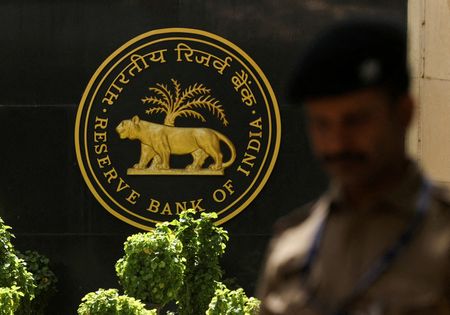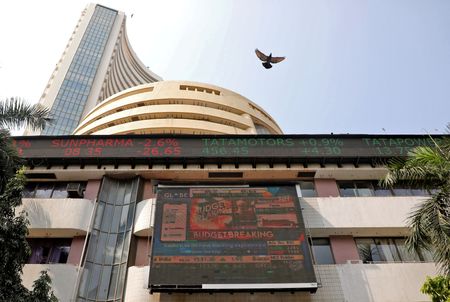By Nicole Jao
NEW YORK (Reuters) -Oil prices edged lower on Wednesday, after bouncing back from a sharp sell-off earlier in the week, as investors turned their focus to U.S.-China trade talks this weekend.
Brent crude futures were down 71 cents a barrel, or around 1.14%, at $61.44 a barrel by 12:00 p.m. ET (1600 GMT), while U.S. West Texas Intermediate crude was down 66 cents, or 1.12%, lower at $58.43 a barrel.
Both benchmarks plunged to four-year lows this week after OPEC+ decided to speed up output increases, stoking fears of oversupply at a time when U.S. tariffs have increased concerns about demand.
The U.S. and China are due to meet in Switzerland, which could be the first step toward resolving a trade war disrupting the global economy.
The U.S.-China trade talks come after weeks of escalating tensions that have seen duties on goods imports between the world’s two largest economies soar well beyond 100%.
“While the meeting may signal a thaw, expectations for a breakthrough remain low,” said Thiago Duarte, market analyst at Axi. “Unless the U.S. receives major trade concessions, further de-escalation seems unlikely,” he said.
Investors also awaited the upcoming Fed update on Wednesday. They expect the policy rate to remain in the 4.25%-4.50% range until the Fed’s July 29-30 meeting.
Meanwhile, U.S. crude inventories fell by 2 million barrels to 438.4 million barrels last week, the Energy Information Administration (EIA) said on Wednesday, compared with analysts’ expectations in a Reuters poll for a 833,000-barrel draw.
However, gasoline inventories rose, raising concerns among analysts of weak demand ahead of a major driving holiday in the U.S. later this month.
“This is the first bad report for gasoline in a couple of weeks. The refiner had been cranking up the utilization rate. But today in this report it went backwards,” said Bob Yawger, director of energy futures at Mizuho.
Limiting the losses, some U.S. producers have signalled that they would cut spending, cautioning that the country’s oil output may have peaked.
Additionally, conflict in the Middle East between Israel and the Houthis increases the geopolitical risk premium, said Tamas Varga, an analyst at PVM.
Volatility is expected to persist on quicker-than-expected OPEC+ supply, while U.S. policymaking remains unpredictable, he added.
(Reporting by Nicole Jao in New York, Seher Dareen in London and Jeslyn Lerh in Singapore; Editing by Kate Mayberry, Saad Sayeed, Alex Lawler, Ros Russell, Ed Osmond, Louise Heavens and Jan Harvey)









